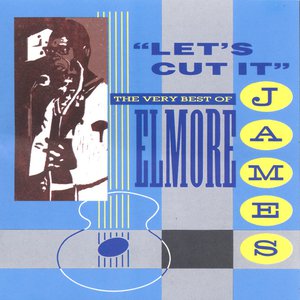

He observed that her crop stretches way out after a feeding, which is pretty normal. (AvianWeb Note: Unfeathered chicks that are younger than one week require night feedings - not every 2 hours - but several times during the night). Ernie fed the chick every two hours - although he noticed that the chick wouldn't eat past 7:30 pm at night or before 7:30 am in the morning. Feedings: Feeding Utensil and Technique:Įrnie used a syringe* to feed the chick with, inserting the syringe on its RIGHT side, where the crop is. He left the heating pad under the carrier 24/7. Ernie covered the cat carrier with a towel to keep in the warmth. (AvianWeb Note: Adding a piece of paper towel or tissue under the chick on top of the lining will facilitate clean-ups.). However, after a while he noticed that the nest was falling apart and the parents only provided sporadic feedings, not enough to sustain the chick and, therefore, he decided to pull it permanently from the nest.Įrnie made her a soft bed in a Stouffer's lasagna dish, lined it with a cotton / T-shirt-like material and put the chick and its soft bed into a cat's carrier, with a heating pad under the carrier. After each feeding he would place the chick back into the nest. The chick was obviously hungry and the rescuer decided to supplement its feedings (instructions below). He watched the chick closely and noticed that the parents weren't feeding it sufficiently to sustain its life. The parents readily come back to the nest once the human is out of sight. It is fine to gently handle the chick and check on its condition.

He took dried leaves and placed them on the ground around the nest to cushion the falling chick, and he also added some branches under nest to break its fall.Įrnie emphasizes that chicks do not get abandoned by their parents after their young have been handled by a human. However, first consider - does the chick need rescuing?Įrnie Wilson from Novato, CA (just north of The Golden Gate Bridge) reiterates his experience with a Pine Siskin Chick:Įrnie observed that a chick kept falling out of a nest. And that makes for a very endearing record.If you find a chick in obvious distress you can contact a wildlife rehabilitation center in your area. Listening to this is like catching up with an old college friend and finding that, after all this time, you still share the same perspective, even if you don't see each other everyday. Perhaps this isn't quite as strong of a selection of songs as Got No Shadow, but it comes close, and the music simply feels right. This, however, does fit, which is to the record's benefit. Musically, Baby Blue isn't far removed from Got No Shadow - if anything, it's even more subdued than that largely laid-back affair - but Saloman's production is warmly homemade, lacking the sheen of her major-label album, which, while sonically appealing, didn't quite fit Lord's deliberately low-key music. Lord also has a knack for engaging covers, heard here on a version of Pete Ham's "Baby Blue," which rivals Aimee Mann's version from ten years ago and, best of all, a wonderful reworking of Pink Floyd's "Fearless" from Meddle. He's never had a better showcase for his songs than Mary Lou Lord since her charmingly modest deliver accentuates his tunefulness as a songwriter, and it also helps sell the wry lyrics. More than ever, she's interpreting the songs of her longtime friend and collaborator Nick Saloman (otherwise known as the Bevis Frond), who wrote all but three songs on the album (two of the songs are collaborations with Lord). During that time away, Lord didn't change her style much at all - she's still a sweet, gentle modern folksinger whose delivery is so unassuming it can be easy to underestimate her skills as an interpreter. After that, she drifted away for a long stretch of time, quietly releasing a live record in 2001 before returning with her second full-fledged album, Baby Blue, in early 2004. Lord never capitalized on that notoriety, releasing a couple of acclaimed EPs on Kill Rock Stars before moving to the Sony imprint WORK to release her 1998 debut, Got No Shadow, which retained her sensibility but polished it for a wider adult-alternative audience that never came. For a brief point in the '90s, Mary Lou Lord was an indie rock celebrity, best-known as a pre- Nirvana paramour of Kurt Cobain and a bête noire of Courtney Love, which was enough to get her plenty of headlines during alt-rock's heyday.


 0 kommentar(er)
0 kommentar(er)
